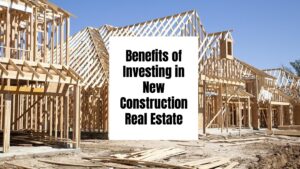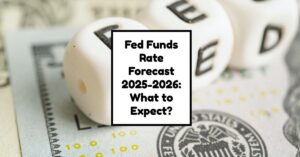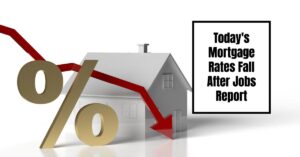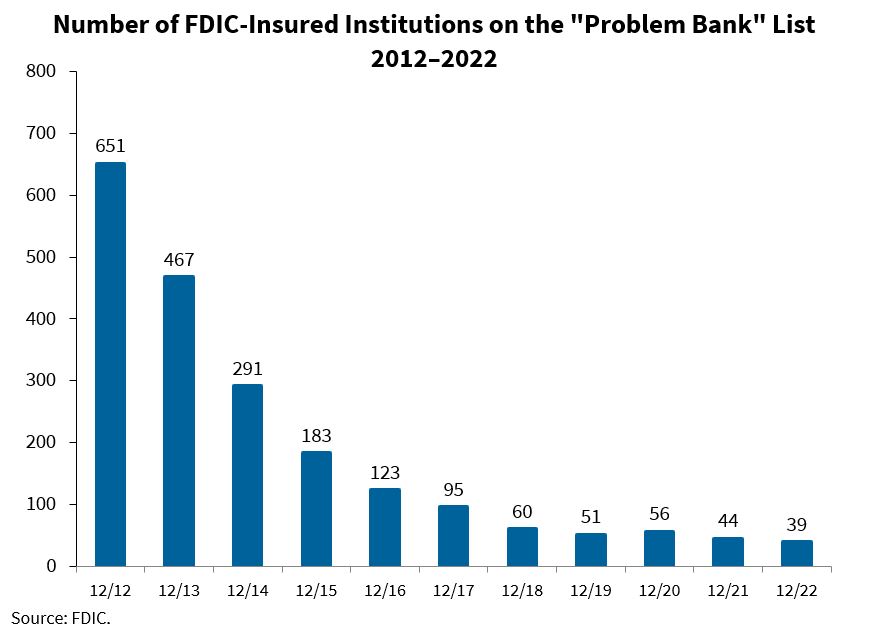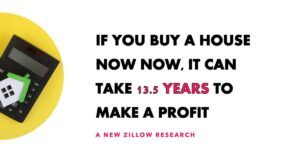When it comes to investing in residential real estate, there are only two basic types of property you can invest in – new construction and resale. Resale properties are more often than not purchased directly from the homeowner who has been living in it themselves or has been leasing it to tenants. They are typically not purchased from a builder or developer.
New construction properties are those that are purchased directly from the builder or developer who constructed the property. They are the owner and seller. They do not have a residence and have never lived in one before. In short, they are considered brand new. Investing in new construction real estate can provide a number of benefits to investors. They tend to appreciate value faster than older properties, as they are often built in growing areas and offer modern amenities.
Due to their modern amenities and energy-efficient features, new development might attract greater rentals than older residences. Buying a newly constructed home may also provide tax advantages, such as a reduced property tax rate for the first year and the option to claim mortgage interest and property tax deductions.
If your investment focus is on pre-foreclosure, foreclosure, bank-owned property (REOs), or probate sales then you are likely to be purchasing resale properties. Occasionally, however, REOs are new construction properties because the bank foreclosed on the builder or developer who built the property but could not sell it prior to the foreclosure.
Benefits of Investing in New Construction Real Estate
Here are some of the many benefits of investing in new construction real estate:
Small Deposits
Builders will typically require a very small deposit to secure a contract for a newly built property. Upfront deposits can range from as little as $1,000 to as much as 10% of the purchase price. This is sometimes negotiable and is a major advantage for investors who prefer to minimize their out-of-pocket cash until the actual closing date.
This is true for both new construction and pre-construction real estate where the property is constructed after the acceptance of your purchase contract and deposit.
During real estate booms where there is higher than normal appreciation, a small builder deposit allows some investors to profit by “flipping” or assigning their purchase contract to other investors for a fee. This only makes sense when the second investor is benefiting from the property's equity through discounts and appreciation during construction. This however is not common in today’s market.
Low Maintenance and Repair
New construction properties require less maintenance and repairs than older properties, which can help to keep expenses low. Unlike resale property, new construction property comes with a builder’s warranty which is required by law. Typically, warranties cover materials and workmanship as well as all systems (electrical, plumbing, heating and air conditioning, etc.) for up to two years.
There is also a 10-year warranty covering major structural elements such as the foundation and basement walls. Resale property rarely includes a home warranty unless one was purchased by the seller. However, these warranties carry limitations and are not as extensive as warranties on new construction real estate.
Additionally, resale property that has undergone renovations may not meet current-day building codes. They may be less energy efficient and contain hazardous building materials like asbestos or lead paint.
Growth and Emerging Markets
New construction can always be found in growth and emerging markets. As a real estate investor, this is where you want to invest to reduce your risk and maximize your long-term appreciation. Although you could also invest in resale property in these same growth markets, you would be giving up the other benefits outlined in this article.
As always, be sure to do your research and study the markets you're considering. Purchasing a new property in areas where employment, shopping, and other important amenities are a long commute away may put you too far ahead of the curve and dampen your investments rental prospects.
Appreciation
More than one real estate expert has concluded that, as a whole, new construction properties tend to appreciate at a faster pace than their resale counterparts. As new developments see an increase in residents, retail establishments, schools, and other amenities quickly pop up to service the growing population. This helps increase property values as more residents continue to move into the area adding to the demand and establishing the community.
Discounts and Instant Equity
There are situations where purchasing new construction from a builder in the early stages of development can provide you with early bird pricing or significant discounts. It is not uncommon to purchase property from a builder at 5% to as much as 20% below market value.
Why would the builder sell your property at a discount? One reason is to keep their sales up and debts low in order to be able to attract lender financing so they can build more property. Having buyers lined up to purchase the builder’s product reduces the lender's risk on loans they provide that builder.
Customization and Cost Control
If you are purchasing a pre-construction property you get the added benefit of being able to customize the property to suit your needs. An obvious benefit of buying pre-construction property is that you can choose many of the features such as flooring, cabinetry, lighting, plumbing, and fixtures. This is useful when you want to keep your costs down while making it as durable and appealing to future tenants as possible. You can even choose your lot location in most new subdivisions.
Newer Technology
New construction properties offer better construction and more advanced, longer-lasting building materials than resale properties. Insulation technology is far better than in years past providing better comfort and energy efficiency. Additionally, due to advances in heating and air conditioning systems, indoor air quality is far better.
Overall, newly constructed real estate is better suited as investment property than resale homes. They are simply more energy-efficient, healthier, and lower maintenance. They can be purchased in growth markets using small upfront deposits and often at below-market value. There are no surprises, and that translates into less worry and stress for you.
It's important to note that investing in new construction real estate comes with its own set of challenges, such as dealing with construction delays and unexpected costs. It may also necessitate more upfront capital, but the end result can be a high-demand property with a high return on investment.
